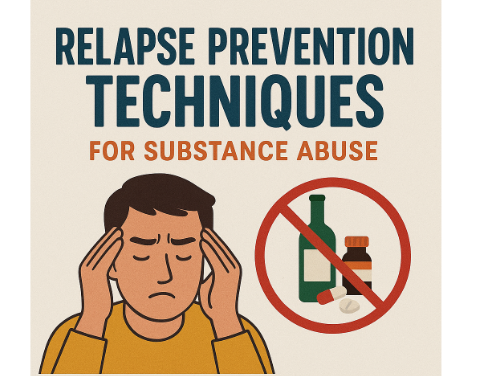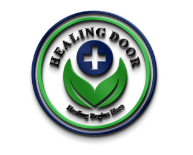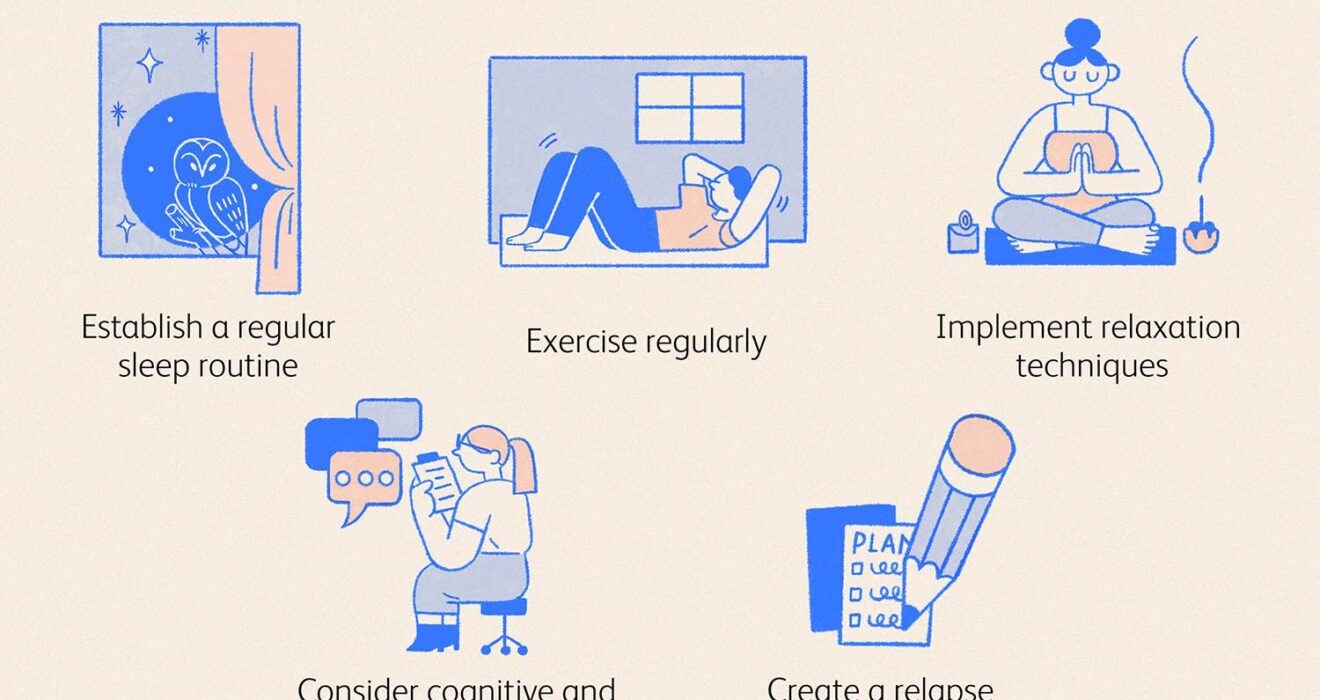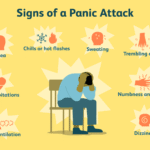Relapse Prevention Techniques for Substance Abuse
The road to substance abuse recovery presents numerous obstacles alongside personal development while reshaping those affected. Substance relapse represents a major and fearful element which weaves its way through the addiction recovery process when patients return to drug or alcohol use after achieving a period of abstinence. The staff at Healing Door Rehabilitation Centre recognizes that clients who return to substance use never become failures. The recovery process usually includes this stage as a training opportunity that leads to valuable learning experiences. Accurate relapse prevention techniques enable people to develop enough resilience for sustaining long-term alcohol/drug independence and achieving substance-free life satisfaction.
Understanding Relapse: What It Is and Why It Happens
The Path to Relapse Includes Definition and Cause Analysis The stages of relapse run sequentially from emotional to mental after physical. Mental relapse starts whenever individuals feel stressed or anxious or experience any feelings of loneliness. A person who fails to manage emotional triggers advances toward mental relapse which leads them to think about drug use. The person will return to substance use following emotional or mental stages all the way to physical relapse. A complete relapse can be prevented when the individual recognizes these stages of relapse in their recovery. Healing Door provides clients with understanding about the relapse stages to help empower them in taking recovery steps ahead of relapse.
Common Triggers for Relapse
Triggers consist of individuals who lead you to crave drugs together with environments and emotional states or circumstances that cause you to start using substances again. People look for drug abuse as a way to escape sad emotions which include depression together with anger and loneliness. Natural environmental triggers stem from former friendship groups and locations related to drug consumption habits. People may take dangerous choices after their psychological signals drive them to display denial or grow overly confident. Through individual therapeutic measures at Healing Door clients can learn strategies that help them understand triggers and remain safe against them.
Cognitive Behavioral Therapy (CBT): Rewiring the Mind
Cognitive Behavioral Therapy (CBT) acts as a highly effective tool for relapse prevention in the programs at Healing Door. Through CBT treatment people learn to detect damaging qualities which drive their addiction. Through learning healthier approaches to thinking clients become capable of dealing with stress in addition to breaking their cycle of negative thought patterns while developing constructive responses to triggers. Healing Door employs trained therapists who deliver customized CBT therapies to each of their recovery patients.

Building a Strong Support System
A dependable support network serves as a foundation for stability when a person faces recovery challenges. A supportive network consists of family members as well as friends alongside therapists and peer support organization participants. Healing Door motivates each patient to join group therapy programs so they connect with others facing comparable problems. Treatment at Healing Door includes family participation through counseling and education to develop outside healing environments.
Creating a Structured Daily Routine
People in recovery face severe threats from unexpected situations and turmoil. Creating a set schedule represents an essential requirement. Therapy patients at Healing Door get instructions about managing their time effectively while creating daily plans which incorporate their treatment sessions with health-promoting activities and rest periods as well as social interaction. The combination of predictable scheduling and daily routines gives people recovering from addiction control over their mental state while delivering both anxiety reduction and burning prevention alongside required focus.
Developing Healthy Coping Mechanisms
For full addiction recovery people must achieve substance abstinence while learning safe techniques to face life obstacles. Our facility Healing Door brings numerous holistic therapies to patients who can learn mindfulness meditation alongside yoga instruction alongside journaling exercises and art therapy practice. The activities show patients effective ways to handle pressure while handling their feelings better and converting their excess energy into constructive activities. The alternative coping skills eventually eliminate the necessity to use drugs as a way to escape.
Avoiding High-Risk Situations
Prevention starts with awareness. Healing Door teaches clients necessary skills to identify dangerous situations which could result in relapse. We conduct therapy simulations with clients to practice alcohol-free social rejection scenarios and avoidance of contact with triggering persons which boosts their recovery confidence. Learning to decline requests makes recovery much stronger by developing into an essential skill.
Medication-Assisted Treatment (MAT)
Relapse prevention utilizes medication as a crucial aid for particular individuals who require this treatment. The combination of prescription medicines with counseling sessions as well as behavioral therapies constitutes Medication-Assisted Treatment (MAT) for substance use disorder treatment. Healing Door provides MAT as a medical supervision-based guideline to ensure precise and secure treatment for each client’s condition. The treatment approach reduces cravings while stabilizing mood to produce better outcomes in individual treatment.
Life Skills and Vocational Training
The ability to handle responsibilities and keep a job becomes severely impaired because of addiction. Our relapse prevention strategy at Healing Door consists of training clients with life skills that’s why we include it in our program. The organization delivers workshops to clients while providing ongoing assistance in communication skills along with budget development and employment preparation along with time management instruction. Individuals possess fewer return triggers for old habits once they experience confidence and capability.
Aftercare Planning: Support Beyond Treatment
Leaving rehab does not mean recovery completion occurs. Sobernity needs the essential element of aftercare to sustain itself. All clients at Healing Door find a personalized aftercare solution that combines outpatient counseling with alumni meetings and sober living arrangements and therapeutic programs. Healing Door maintains a mission to provide complete support systems that enable clients to prosper permanently beyond their inpatient treatment stages.
Recognizing the Early Warning Signs of Relapse
Early identification of relapse indicators helps a person avoid complete substance use recovery. Clients might show their relapse warning signs by withdrawing from therapy appointments and distancing themselves from their social networks along with unexpected emotional shifts and recalling drug use nostalgically. Our staff teaches clients’ families alongside patients about these signs as well as establishes quick access to emergency crisis support services.
A Message of Hope: You Are Not Alone
A recovery plan needs adjustment when patients experience relapse because this does not signify individual weakness. Healing Door supports continued assistance and provides additional opportunities for growth to everyone. Most of our treatment program clients battled relapse to achieve normal lives which remain free from drugs or alcohol. People who are undergoing difficulties or their loved ones should get in touch for assistance. Healing Door stands by your side through every step of your recovery journey.
Frequently Asked Questions (FAQs)
1. What is relapse in substance abuse recovery?
A period of drug-free living ends with the recurrence of substance use which constitutes relapse. The recovery process of any stage brings forth mental or emotional challenges that eventually result in substance consumption.
2. Is relapse a sign that treatment has failed?
Not at all. People who relapse following periods of abstinence should not consider it as a sign of failure. When such events happen it demonstrates the recovery plan needs modification. Healing Door uses relapse events to understand better how to develop robust strategies for maintaining long-term sobriety.
3. What are the most common triggers for relapse?
The main factors contributing to relapse involve emotional difficulties like depression or anxiety as well as exposure to previous drug-related settings and pressure from peers and insufficient coping techniques. The treatment of relapse requires successful identification of the triggers.
4. How can Healing Door help prevent relapse?
Healing Door delivers individualized therapy sessions together with assistance groups alongside CBT treatment and mindfulness training and recovery planning services. Healing Door implements a dual framework that solves the psychological needs along with practical prevention techniques.
5. What happens if someone relapses during or after treatment?
During a relapse Healing Door responds with instant support that combines re-evaluating treatment plans and crisis intervention together with possible admission into the program. The main objective is recovery as we avoid the use of punishment or shame as rehabilitation methods.



